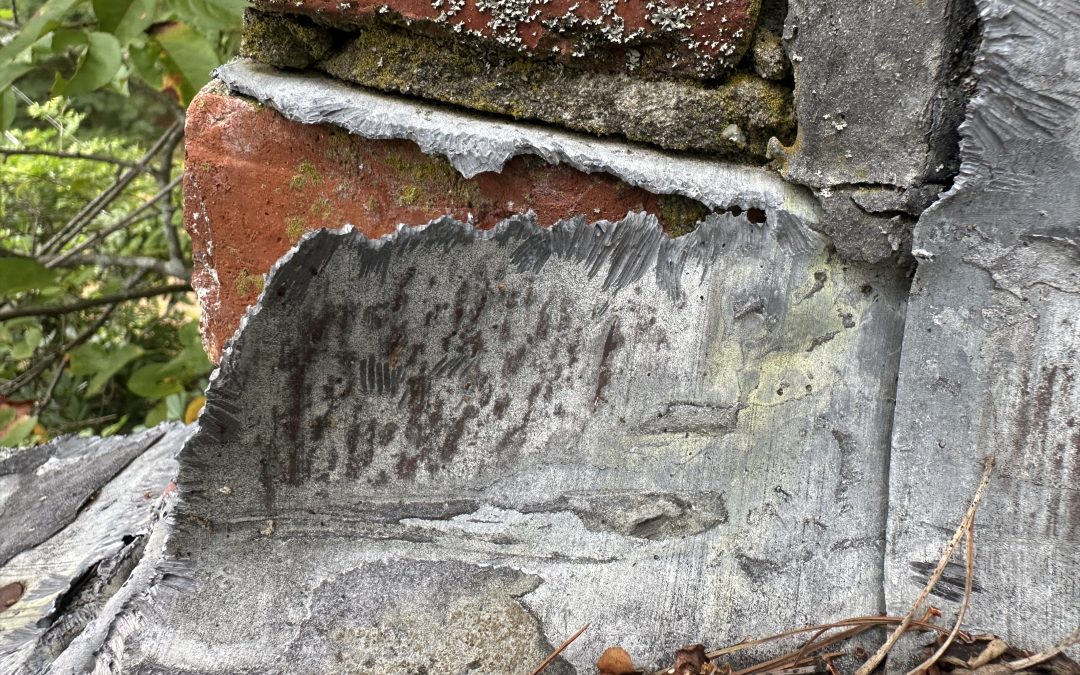Checking your roof before winter can save you from leaks, ice dams, and expensive repairs later. As temperatures drop, taking the time to inspect your roof now will help prevent major problems once the snow and ice arrive. Here are some Roof Maintenance Tips to make sure your roof is ready for the cold season.
1. Inspect the shingles
To begin with, take a careful look at your shingles.
Look for: cracked, curled, missing, or loose shingles.
Why: Damaged shingles allow moisture to seep in when snow melts or freezes. Over time, this moisture can cause leaks and structural damage.
Fix: Replace any compromised shingles immediately. By doing so, you’ll protect your home from unnecessary water intrusion during freezing weather.
2. Check for leaks or water stains
Next, head to your attic or ceilings and look for dark spots, damp insulation, or mold.
Why: Even a small leak can become a major issue once snow begins to accumulate. Furthermore, freezing and thawing cycles worsen hidden leaks.
Fix: Seal or patch leaks before the first freeze to avoid water damage later.
3. Clear your gutters and downspouts
In addition, don’t overlook your gutters. Clogged gutters are one of the main causes of winter roof damage.
Why: When gutters are full, they trap water, leading to ice dams that force melting snow under your shingles.
How: Remove leaves and debris, then flush gutters and downspouts with a hose to ensure proper drainage. As a result, melting snow will flow freely away from your roof.
4. Inspect flashing and roof edges
After that, check around your chimney, vents, skylights, and roof valleys.
Why: Loose flashing or cracked sealant can allow melting snow to seep into your home. Additionally, this can lead to wood rot and mold growth if ignored.
Fix: Re-secure any loose flashing and reseal edges with roofing caulk if necessary. This extra step helps reinforce your roof’s most vulnerable spots.
5. Check attic insulation and ventilation
Equally important, proper attic insulation prevents uneven roof heating.
Why it matters: Poor insulation causes warm air to rise, melting roof snow unevenly and forming ice dams. Consequently, this can shorten your roof’s lifespan.
What to look for: A consistent temperature throughout your attic with no warm spots melting roof snow. Moreover, ensure vents aren’t blocked by insulation or debris.
6. Remove roof debris
Before finishing up, clear off any leaves, sticks, or moss from your roof surface.
Why: Debris traps moisture and accelerates shingle decay. Over time, this can lead to rot and leaks.
How: Use a soft broom or leaf blower — never a pressure washer — to safely remove debris. In doing so, you’ll help extend your roof’s lifespan and prevent damage.
7. Consider a professional inspection
Finally, if your roof is over 15 years old or you’ve noticed small leaks, it’s wise to schedule a professional inspection.
Why: A licensed roofer can identify weak spots, underlayment damage, or structural concerns that may not be visible from the ground. As a result, you’ll have peace of mind knowing your roof is ready for whatever winter brings.
In conclusion, a quick roof inspection now can save you from major headaches — and costly repairs — later.
Call Ferreira Exteriors today!


